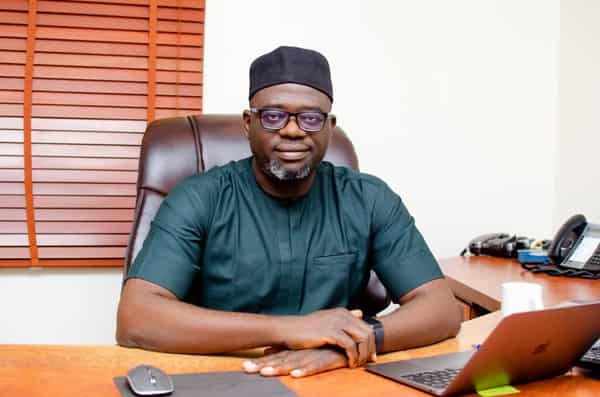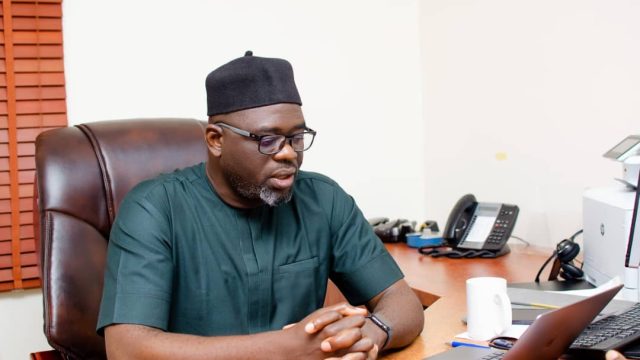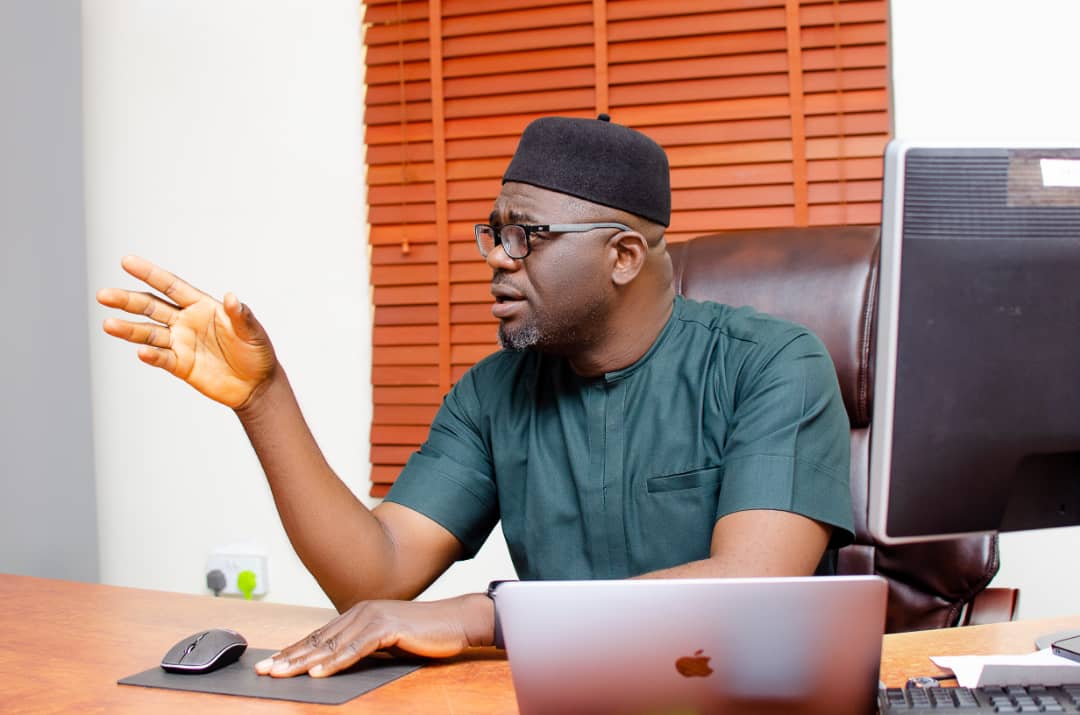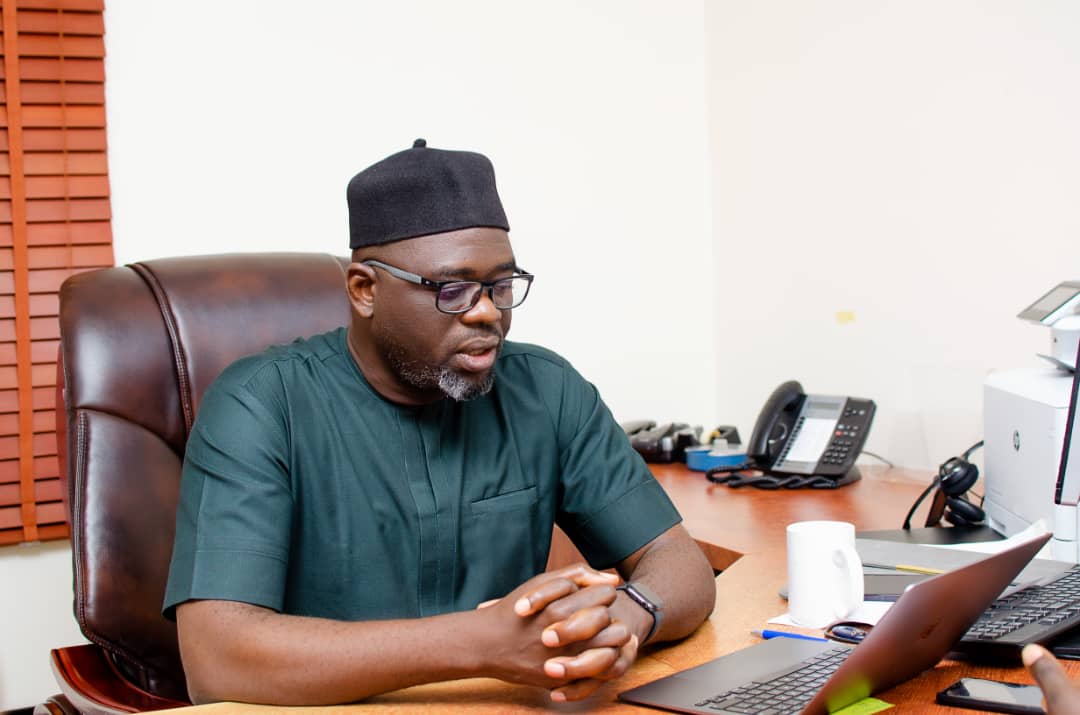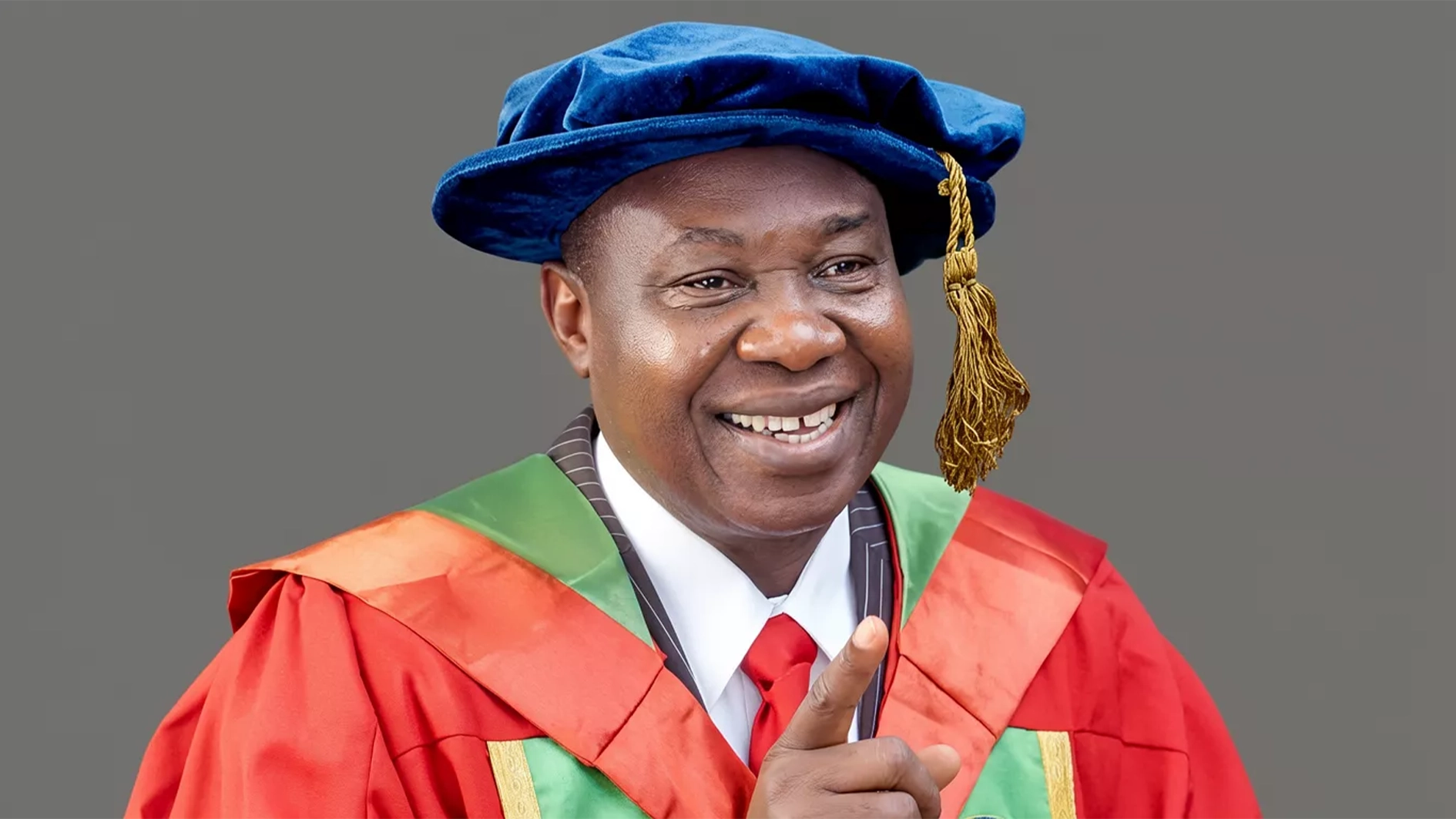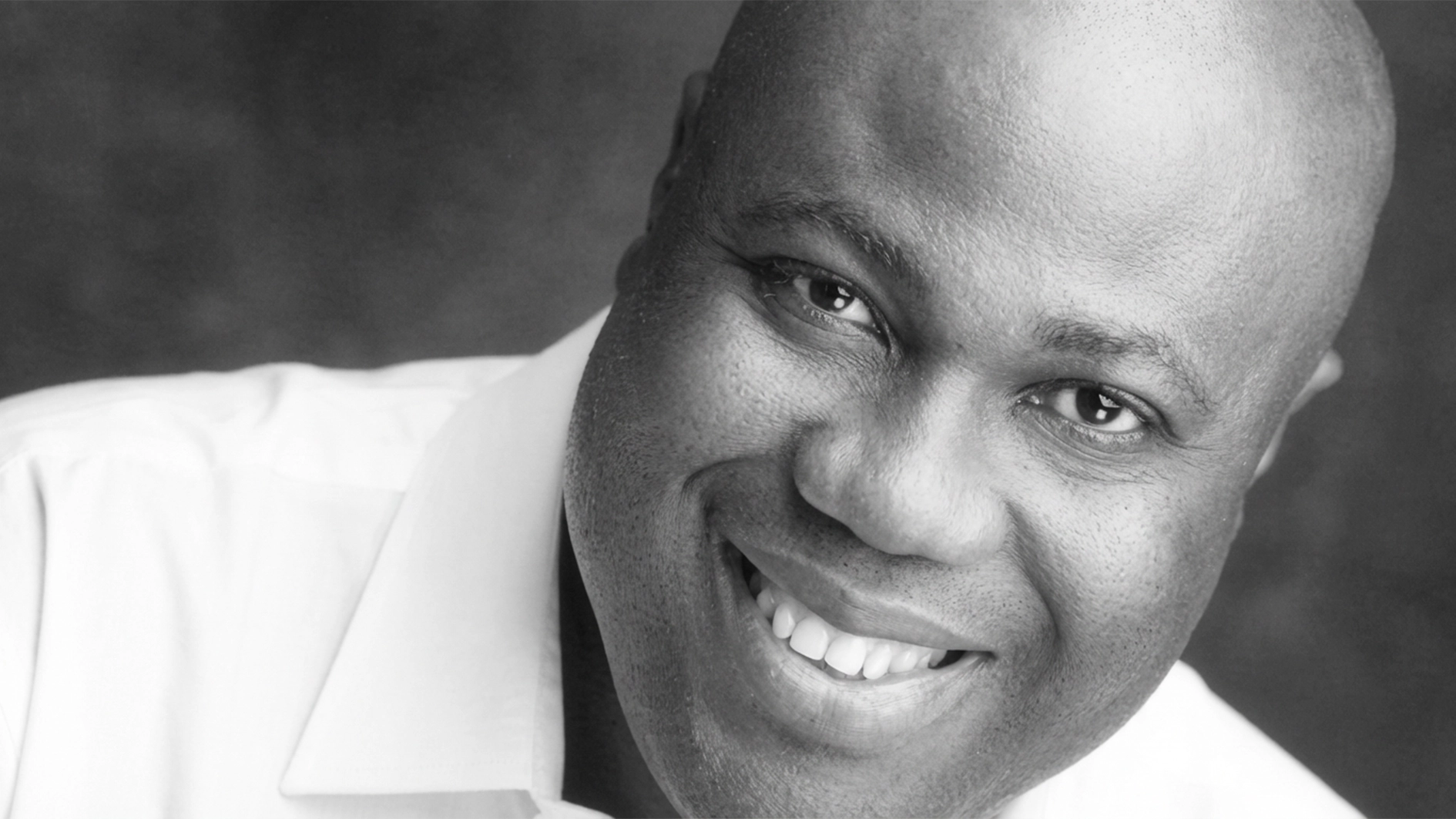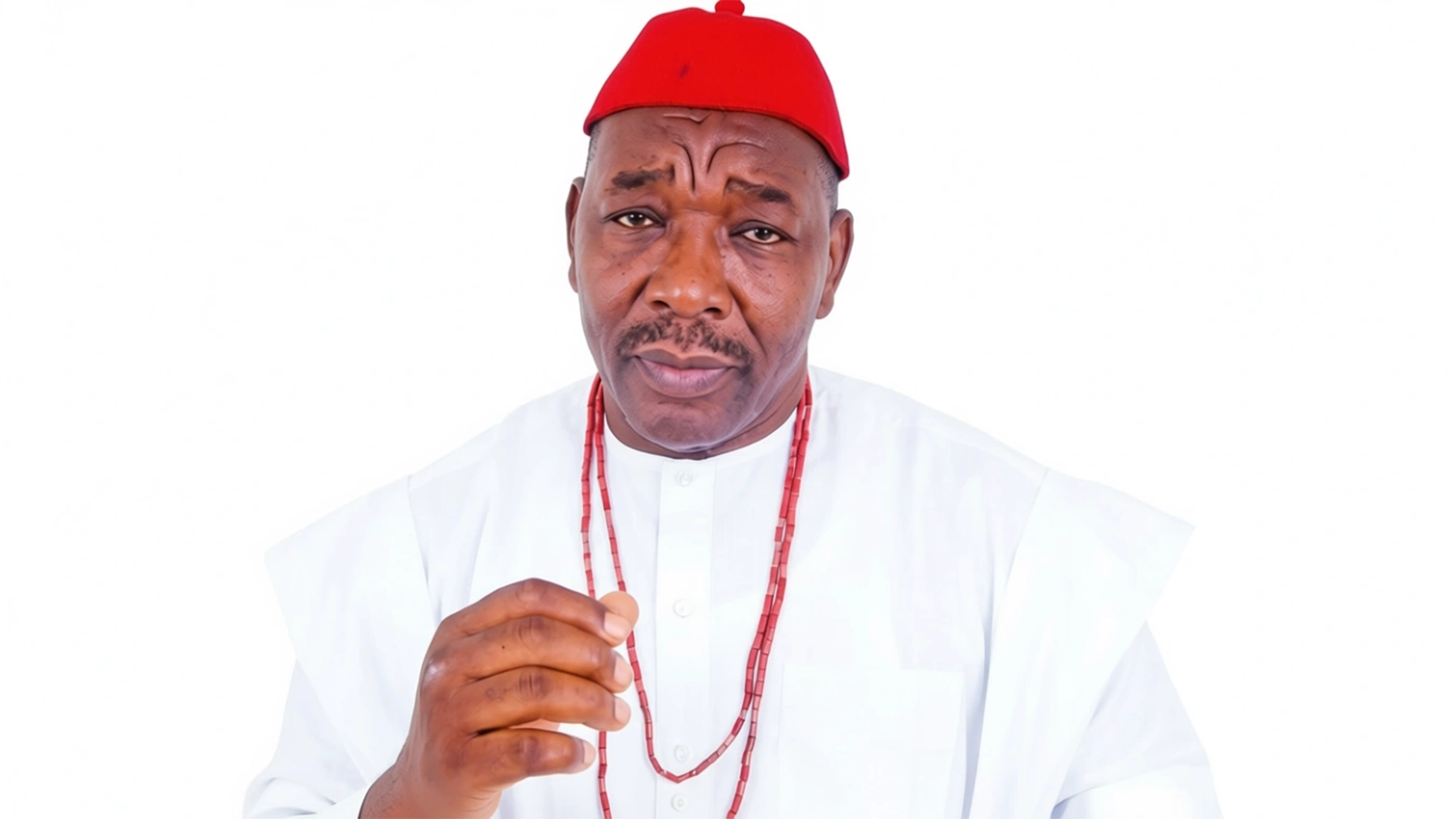Leveraging a facility from the World Bank, the Federal Government of Nigeria established the National Social Safety Nets Project (NASSP) in 2016, pursuant to fulfilling a vital campaign promise by President Muhammadu Buhari in 2015 during the build-up to the general elections that brought him to power. In this exclusive interview with The Guardian in June 2022, Mr Iorwa Apera, who is the National Coordinator of the National Social Safety Nets Coordinating Office (NASSCO) and the brain behind the success of this historic social protection project, told Yange Ikyaa and Tina Abeku that Nigeria’s National Social Register is the largest in the world, from which different organizations have mined to extend benefits to millions of Nigerians. He also affirmed that the register remains the country’s most comprehensive database of individuals, with detailed information on over 50 million poor and vulnerable citizens, including about 138 points of social indicators linked to every individual that is captured in the database.
Excerpts:
Since 2016 when NASSCO was set up, it has been the engine room of the National Social Safety Nets Project up to this point, so can you bring us up to date on the current scope of this project and your activities?
Thank you very much. The Federal Government established the National Social Safety Nets Programme in 2016. In 2015, as part of their campaign promise, the current administration brought up part of a deliberate agenda in tackling the poverty question in our country and prioritizing social protection. So, in discussion and partnership with the World Bank, they obtained a facility of $500m for the set-up of the National Social Safety Nets Project (NASSP), to be implemented over five years.
This programme had two major components- the first part was to strengthen and establish the building blocks for social protection implementation in Nigeria and establish the National Social Safety Nets Coordinating Office (NASSCO); the second component was the targeted cash transfer to the poor and vulnerable and the establishment of the National Cash Transfer Office (NCTO) to manage the cash transfer exercise.
Overall, the National Social Safety Nets Coordinating Office (NASSCO) was responsible for overseeing the implementation of the National Social Safety Nets Project. Therefore, all the delays experienced in the project between 2016 and 2018 were what you call effectiveness conditions since there must be some effectiveness conditions for every World Bank project.
So, what exactly are these so called effectiveness conditions?
For the National Social Safety Nets Project, part of the effectiveness conditions was to sign a memorandum of understanding with all states of the federation. The other conditions were to establish the governance structure at the offices of ministries of establishment in all the federation states, including Abuja, the Federal Capital Territory, and the federal level. Hence, the effectiveness conditions didn’t happen until the 1st of April, 2018. That means that this was the point at which the money was with the Federal Government to start spending.
Between 2016 and 2018, however, after the government had already put in some funds to start establishing some of the systems, including the National Social Register of the poor and vulnerable, I resumed office on January 22, 2018. At that point, we had the Social Register in a few states, about nine states. However, some semblance of activities raised the Social Register in 19 states. Our first task was to look at pooling all the various state registers into a single National Social Register.
The first was to review the structures of raising the Social Register, including the checklist. That was essential because, in 2015, President Muhammadu Buhari signed a white paper that mandated all national databases to align with the National Identity Management System format. So, part of our first task was to review that checklist. We called in every national office that dealt with data, such as INEC, Immigration, tax authorities, the banking community, the bureau of statistics, the National Population Commission, etc. We then reviewed the database or checklist of the format to collect data on the poor and vulnerable.
Once we established that, we went back to the states to start the activity. And when we also collated all the Social Registers of the various forms, about 12 or so, we cleaned the data. As of the 1st of April 2018, we had a total of about 321,000 poor and vulnerable households in what we then called the start-up of the National Social Register. We then went ahead to, apart from the checklist, build the states’ capacity and move the data collection from analogue to digital, using the Kobo Collect Software, procuring devices and tablets which we preloaded the checklist and information used in collecting data. This then ensured that we had set up very clearly what would not only accelerate the data collection process but also ensure quality.
And as of December 2018, what we started with a base of 321,000 households had grown to 850,000 poor and vulnerable households with a database of about 22 states. By September 2019, this had grown to 3 million poor and vulnerable households, and the presence was expanded to all the 36 states and the FCT, except for Ebonyi, Ogun and Lagos State. The reason was that these three states had some challenges establishing their offices. The criteria for starting the Social Register in any form was that the state would have to sign a memorandum of understanding and go ahead to recruit competitive lead civil servants and redeploy them to man the offices in the states called State Operations Coordinating Units. The states would also ensure that these offices or State Operations Coordinating Units are established in the ministry of planning for each state.
How did you find your partnership with the states in the build-up to the establishment of these state operations coordinating units?
Some states were proactive in doing this quite early, but in other states, even though they signed the MoU, putting down the structures was a little bit of a challenge. In Lagos State, for instance, the Lagos standard system is that all monies coming into Lagos State go into a single purse managed at the accountant general’s office. However, the agreement with the World Bank and the structure of setting up the State Operations Coordinating Units in each state would mean that the State Operations Coordinating Units will have a full complement of staff, including accountants, and will have a bank account dedicated for this, and monies leaving NASSCO will go only into such state accounts.
So, these issues to resolve with the Lagos State Government would be slightly different from what they have been doing. And there was lots of back and forth with several states, and that’s why some states didn’t come in as early as others did, and that also explains why the Social Register was quite advanced in some states over and above others.
However, by September 2019, Lagos had already come on board, and by February 2020, just before the Covid-19 pandemic hit, Ebonyi and Ogun also came on board. Today, the Social Register has grown in all the 36 states of the federation and the FCT to 12.8 million poor and vulnerable households, made up of 50 million individuals across 150,000 communities in 752 local governments. We are 22 shy of the 774 local governments in the country. Even as we speak, efforts are on by the various state offices to then expand to the remaining LGAs. The target is that by October 2022, they would have saturated the entire 774 local governments in the country and grow the register to up to 13 million poor vulnerable households.
The National Social Register has been spoken about in so many quarters within Nigeria since when it was set up, and it is commendable from what we have heard. So, do you look at that as your most important achievement in this exercise?
Yes, there are many landmark achievements, and one of them is the fact that the National Social Register, as it is now, is the most prominent social register in the world; none is comparable with the number that we have in Nigeria. Secondly, it is the most comprehensive database of individuals in our country. It is made up of the information of over 50 million individuals. Each of those individuals has about 138 indicators attributed to them, from biodata to vocation, educational qualification, access to social amenities in the community, access to roads to the communities, access to drinking water, access to toilet facilities, dwelling places, disability status, whether disabled or not; and if disabled, what form of disability? So it is that comprehensive.
The fact also that when Covid-19 came, Nigeria did not have a Shock Responsive Targeting Mechanism. Still, NASSCO was able to establish what we call the Rapid Response Register under the directive of the Federal Government. This Rapid Response Register is the first scientific targeting mechanism in Nigeria and one of the first and most comprehensive in sub-Saharan Africa.
Using satellite imagery and big data to map our country’s poor and vulnerable urban communities, you will know that we have about 8,600 political wards in the country, and about 2,600 of them are urban political wards. Of these 2,600 urban political wards, there are poor settlements that you call shanties or suburbs. This is where the urban poor live and the target group for the urban poor are artisans, bus drivers, tailors, etc. They are the ones that live in these suburbs; they are the ones that fuel the engines of the urban cities. Like in Abuja, most people who work in our big hotels drive taxis, and all live in places like Mpape, Nyanya, Lugbe and those suburbs.
And using satellite imagery and big data, we could map these urban areas, while using SMS Blast, we could point SMS directly to urban areas to solicit registration. That urban Rapid Response Register has registered 6.8 million individuals, and we have validated 3 million. And when you add the 6.8 million to the 50 million, you have about 57 million individuals in the National Social Register combined.
The first Social Register we discussed was the actual National Social Register, which is the big one. The Rapid Response Register is the sub-response mechanism under the National Social Register, identifying the poor. Now, this Rapid Response Register only recognizes those who are made further poor out of the incidents, so we look at the dynamics of the poor and vulnerable.
The National Living Standards Report released in 2020 by the National Bureau of Statistics indicates that 40.2 percent Nigerians are living below the poverty line. This against the total 200 million population translates to about 82 million people. The report also states that after Covid-19 and the lockdown of our economy, about 8 to 10 million people were further driven down the poverty line, and these 8 to 10 million people are the urban poor.
When you look at that from that point of view, you have an average of 90 million. Sitting with NASSCO is 58 million of those individuals. If you do your math, 58 million against 90 million, you will see that this is close to about 65 percent of the estimated poor in the database. This is by no means a small achievement, and this means that the government has a database now to plan for the poor and vulnerable, target interventions that support the poor and vulnerable, cushion the impact or effect of any economic crises, and also pull people out of poverty using the targeted approach.
Certainly, the achievements are huge and there may be many more to mention, if time permits.
Sure. Now, the fourth huge achievement you will say, from that point of view, is the socialization of the Social Register and the confidence in it to the fact that some UN bodies mined from the Social Register to pay or do activities for the poor and vulnerable. The UNDP mined over 75,000 petty traders and gave them N35,000 to support them to cushion the impact of Covid-19 and put them back in their businesses. The UN Women mined 20,000 single parents that are women who are either single based on widowhood or as single mothers and gave them cash transfers to support their start-up businesses. Then, Tony Elumelu Foundation, also a private concern, mined over youths from the Social Register and gave them access to apply to the annual Tony Elumelu Foundation business grant that allows them to access $5,000 at the end of their internship or their mentorship scheme.
And further to that, the government in itself at various levels has done a similar thing. Marie Stopes, Save the Children, UNICEF, and other international NGOs are mining from the Social Register for their interventions at each level. So, gradually, the government is beginning to concentrate interventions on the identified targeted poor.
You will recall that in 2019, President Muhammadu Buhari in his Democracy Day Speech, made reference to the Social Register stating that now, the government has a register of the poor and vulnerable; they know them by their names, by their addresses, etc. Also, when the president was announcing palliatives for Covid-19 in April of 2020, he made reference and gave a mandate around the National Social Register which at that time held records of just over 3.5 million people. The mandate was to rapidly expand the register by an additional 1 million households so that all Covid-19 targeted initiatives would mine from the Social Register.
And in December of 2020, when the government approved the Economic Sustainability Plan (ESP) and the Covid-19 1 million Cash Transfer for the urban poor, the government referred to the use of the Social Register to target the urban poor. On January 19, 2021, when the Vice President launched the Rapid Response Register and the Covid-19 1 million Cash Transfer, a reference was also made to the National Social Register. So, gradually, the government has built this database and ensured its use.
In 2020, when the government was muting the idea of removal of oil subsidy, the Honourable Minister of Finance pointed to the fact that they are planning a 40 million cash transfer to cushion the effect of the removal of oil subsidy, and referred to the database, of mining from both the National Social Register itself and the Rapid Response Register to intervene. So, we have succeeded in building a database that the country has confidence in, and not only the government but also prominent actors like the World Bank, the UN Body, the private sector community, such as Tony Elumelu Foundation and others across the states of the federation.
We have also built confidence in this such that state governments not only own it but are also using it. The government of Osun State mined from the Social Register to distribute food to the elderly during the Covid-19 pandemic. The government of Kaduna State has also done so.
The confidence has risen in a way and manner that the Lagos State government has signed up an executive resolution from the executive council that all social intervention programmes in Lagos State must first mine from the Social Register. Similar action has also been taken in Kaduna State, similar in Anambra, Zamfara and a host of other states. So, this level of confidence built in the Social Register to ensure that states do not only own it but are using it is yet another achievement of NASSCO in terms of the work that we are doing.
This sounds great, but it couldn’t have come so easily; so what were the challenges you faced in trying to reach these milestones within the mandate of this organization?
There were loads of challenges. The first challenge was getting the buy-in of the states. It is typical to note that when programmes like this happen, you will see it as a federal intervention, so it took us a while to get the states to embrace and own it. I already gave you the example of some of the states that took some time to come on board, not that they didn’t embrace or didn’t like it but because the state structure and strategy of operation were a little bit different, so trying to pull that together and marry it was a little bit of the back and forth that went ahead. But we were able to surmount that and move above it eventually.
The other is that when you begin to manage these structures, you have challenges around cascading them down to the local government areas. And then, you also have the challenge of the general apathy about government initiatives, so people generally mistrust government efforts. But how do we mitigate this? That means we must invest heavily in building the capacity of the states and working with relevant actors, such as the National Orientation Agency, to ensure sensitization and campaigns at the state level to make them embrace the project; to build accountability mechanisms that ensure that the data is taken from the community and that the community owns it.
We developed the Social Register through a Community Based Targeting Mechanism wherein the community, after due sensitization, will divide themselves into three homogenous groups; the youth, the women, and the male adults. They define poverty within the context of the community, and then go ahead and identify the poor and vulnerable households within the context of that definition. Then, the community will be brought back into the plenary, harmonizing the list.
Once the list is harmonized, a male and a female community representative are selected and identified by the community members, who sign-off on
this list. A copy is retained in the community, and the other copy is taken by the local government staff, who returns to register them. This level of accountability entrenches that confidence in the community; the community owns it, and they can identify with it such that any benefit that is coming to those individuals that have been identified, the community can easily compare and confirm that these are the people that have been identified as poor and vulnerable. They are the people that can benefit from the intervention, creating that level of confidence.
And to assure the accountability structure, we also employed civil society organizations who understand the community, who are themselves from the community, to map continuously. We have publicly gone ahead with the scorecard of the CSOs and printed it publicly, where we also engaged the public. So, that level of work to mitigate the general apathy of people around was part of some of the challenges faced.
Of course, retaining staff and staff attrition was another challenge because civil service is where you deploy most of the staff, and they constantly get transferred. But we invested heavily in training and retraining to build capacity, so we also navigated around this. When the Federal Government took the decision also to establish the Federal Ministry of Humanitarian Affairs, Disaster Management and Social Development, it then meant that the government was making a bold statement in institutionalizing the gains of the work that they had started in stabilizing social protection implementation in the country. That also meant that we worked closely with the ministry in social transitioning and in its issues of establishing our presence going forward.
But, that again also brought some of the challenges around transition, but with the pragmatic leadership of the Honourable Minister of Humanitarian Affairs, Disaster Management and Social Development, Hajia Sadiya Umar Farouk, that became very seamless. Now, NASSCO, along with the other programmes, moved from the office of the Vice President to the office of Humanitarian Affairs, Disaster Management and Social Development and is completely institutionalized within that ministry. We are putting in place the fabrics of the ministry’s operations so the operations are carried on seamlessly.
Social protection programmes have not been really run in this country at this level and scale, but you were able to quickly take charge and effectively deliver on your mandate nationwide; how were you able to harness, develop and deploy your competences overtime to be able to qualify you to run the programmme so efficiently?
I come from a huge background of over 31 years, working across government as a civil servant for 10 to 11 years, then into international NGOs, including Save the Children, Family Health International, Population Council, United Nations Foundation, etc. And that built several experiences not only in terms of project management but also in relationship management, including within the government and understanding how government works and functions and within the space of social protection.
Coming up to this position, I left managing the first and, perhaps, the most extensive nutrition-sensitive cash transfer programme, which is a social protection programme of £60 million, targeting 90,000 pregnant women and lactating mothers in the northern states of Zamfara and Jigawa. The British government funded this at the time, so I spent a year and a half managing that portfolio.
Meanwhile, when I came in at that time, we were approximately 40,000 away from the target of 90,000, but within a year, we could pull through to the 90,000, paying or transferring cash to pregnant and lactating mothers and building a system around that. That experience was then drawn into supporting the government to establish NASSP and NASSCO. So, I came from that level of expertise. There were many other ample opportunities of learning on the job, working with colleagues who are also quite experienced in various fields, and we were learning from one another. And there was considerable support, of course, from colleagues at the World Bank. They come with those enormous levels of experience from the international point of view by constantly interacting with them and building the experience base to move this up.
The initial phase of this National Social Safety Nets Project is supposed to wrap up in June 2022, from what I have understood; so, what are the things lined up to take the next phase to the level that benefits Nigerians even better than in the initial phase?
The initial phase designed to end in June 2022 did target the growth of the Social Register to 4 million households. Still, we surpassed that target by raising it to 12 million households, which was paying cash transfers to 2 million poor and vulnerable households. In the scale-up which is the second phase of this project, it’s $800 million across two years to target to pay 10.2 million beneficiaries (households) mined from the National Social Register, meaning the Register will be above 10 million households. Now, already 12 million and going up to 13 or 14 million will mean that this 10 million can be mined from the Social Register.
The design is to scale the 2 million-household cash transfer that is regular to continue to pay out of the poorest of the poor from the National Social Register. The new system will also pay a six-month emergency cash transfer to the targeted urban poor mined from the Rapid Response Register, about 5 million beneficiaries, which makes it 7 million people. It will then pay another targeted 3.2 million people from the rural poor mined from the Social Register. A total of 10.2 million poor and vulnerable households will be paid cash transfers in the new scale-up programme for two years.
With the conditions for effectiveness in place, this hopefully should start by January of 2023 and will run for two years. This means that the benefits market is expanded to more Nigerians, the Social Register is further established, and all the government programmes are targeted. If you also saw the government launch the Poverty Reduction and Growth Strategy, that Poverty and Growth Strategy had a total budget for this year of about N400 billion. Of this figure, about N350 billion is dedicated to poverty-targeted programmes that also expand benefits, mining from the National Social Register. So, the government combines these concerted efforts to ensure that this programme increases benefits to the poor and vulnerable identified by the Social Register.
Really great concerted efforts by the government, but a new government is also going to come on board in 2023 and not this one that is already known for supporting this scheme; so if that happens, what are you thinking in terms of policy change, what new things are you going to expect from any in-coming government, going forward?
First, we expect this will continue to be a national discourse regarding established systems to address targeted poor and vulnerable initiatives. It was deliberate in establishing the Social Register in the planning ministries and working with state governments to take complete control and ownership of the Social Register. Therefore, it is first a state Social Register owned by the states, and the National Social Register is an aggregate of the state registers. This is well established in all the states. States have established these as a policy of the states like I mentioned, a few of those states around the federation. Indicates this is well established in the states and so we expect continuity.
The next facility by the World Bank also crosses over to the next phase. As you know, World Bank facilities are signed agreements between the Federal Government and the World Bank, and, regardless of who sits there in power, they continue. Hence, when the programme starts in January 2023 and a new administration comes up in May/June, it still carries over for two years, which means that the implementation of the programme will go on, which also means that the Social Register and the cash transfer are all, well within, established.
Now, it is also expected that the incoming administration will maintain the implementation of the programme because poverty will continue to be on the radar of every government or various governments, just as you can see some of the efforts of past governments in establishing Operation Feed the Nation, DFRI, NDE, NAPAP, Sure-P and a host of others. They come in different forms, but most target the vulnerable poor.
What this administration has done is then to establish those building blocks, and you will recall from the efforts that the Federal Government will design the programme and will send it to the states. The states will then identify those they think are poor and vulnerable and hand them over. This was top to bottom, but this time, with the community themselves sitting together, identifying those amongst them who are vulnerable, it means a bottom-up approach. This means that you now have an established register in all the states of the federation, in all the local governments of the federation, in all the political wards of the federation, and in every community, signed up by the community members themselves and owned by the community.
Therefore, any benefit from a designed programme guarantees to get to the poor people in the community. The communities can also ask questions so that an accountability mechanism will assure the level of confidence.
Do you have a few examples of any places in the country where project continuity was ensured in this respect, despite changes in political leadership?
There have been some examples across the states of government changes. In Osun State, for instance, there were changes from PDP to APC, and the Social Register asked questions at that time, and the various commissioners themselves attested the proof that it was community-based.
In Zamfara State, we have another example as well, where the government at that was APC but changed to PDP in those days we launched the cash transfer. The government that was now PDP felt it was done under APC, so there was a difference. However, we formed a committee and went to the community. The committee was headed by none other than the deputy governor at that time, together with the state house of assembly speaker there. They went community by community, and the community members themselves attested that they identified the poor amongst them in the Social Register. This established the confidence of the Zamfara State government to give a green light for the cash transfer programme to be launched in Zamfara State at that time, as far back as early 2020.
Now, this degree of structure built from the community level will ensure that there is continuity. Yes, the government comes with policies, and government comes with their ambitions, but the systems built are endured across the board. We think that the structure and systems built will evolve and survive with a vital registry and a robust accountability system to guarantee confidentiality.
Lastly, most of what you have been saying here is about the government and development partners, especially the multilateral donor organizations, joining hands together to make sure that this programme and project works; so, what other sectors within the Nigerian development space, locally here, do you think are needed to come on board to also tap into this project by supporting it?
The Nigerian National Health Insurance Scheme is mining from the Social Register to do the health insurance. The recently approved government Basic Healthcare Provision Fund also funds those needs by mining from the Social Register for the Community Based Health Insurance Scheme. You also have individuals who are also mining from our Social Register. For example, in Anambra State, people are mining from the Social Register to give support, give grants, or provide health insurance to their community members because they believe in the reliability of the Social Register.
You have CSOs that have been around and doing the same thing. So, this is across government, international organizations, local organizations and individuals, and corporate bodies. Through their corporate social responsibility, other corporate bodies are also identified as doing a similar thing.
When we had Covid-19, the private sector that established the basket fund for food also used the Social Register to identify the communities. Apart from identifying those communities that they were sending food supplies to, they were also being able to locate access to those communities, either roads or even access in terms of GSM network strength in these communities, to prepare better to move into those communities to distribute food or deliver food supplies, among other things.
So, it is open to everyone, and it is also wholly public. If you go to www.nassp.gov.ng, the information is there for everyone. And if you walk into any ministry of planning in all the federation states, you will find State Operations Coordinating Units established under them. In fact, Lagos State has established State Operations Coordinating Unit as a full-fledged department in the ministry of planning. Efforts are on the way to encourage all the other states to do the same to guarantee sustainability and ensure access at the state level to this vast database that has become a national asset to the Federal Government of Nigeria and to all state governments.

